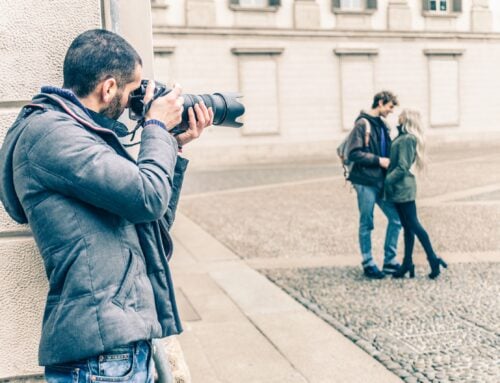 Everyone loves a new, shiny car, right? I mean, what’s not to love about a car that catches everyone’s eye as you drive by? Women are often just as excited about a shiny red convertible or a sleek steel gray luxury sedan as men. How about that great big truck with the fancy paint job and wheels that make you feel you can touch the sky? Isn’t that fun? And what about that new car smell…
Everyone loves a new, shiny car, right? I mean, what’s not to love about a car that catches everyone’s eye as you drive by? Women are often just as excited about a shiny red convertible or a sleek steel gray luxury sedan as men. How about that great big truck with the fancy paint job and wheels that make you feel you can touch the sky? Isn’t that fun? And what about that new car smell…
Cool cars and trucks might make your heart race, but for a private investigator, the primary descriptor goal of a vehicle is anything but showy – it’s forgettable. In fact, the goal is completely forgettable.
Many tasks undertaken by are away from the subject’s eyes. Computer forensics investigations and cell phone forensics happen in our lab. The devices and the data mining software or spyware detectors used for computer forensics electronic discovery and other digital forensics stay in the office.
Much of the work behind our asset investigations and recovery cases and social media engineering is done behind a desk.
But it’s a different story in the field. Covert surveillance requires blending into the background. The investigator – and his vehicle – have to be almost invisible.
Being forgettable is not easy. An average, run of the mill, every-day drive may stick out like a sore thumb in an upscale neighborhood. Likewise, a fancy luxury car may not fit into other areas of the city. So the area of the investigation is one consideration.
Color is another. White, silver, black and gray are the most popular colors for cars. Beige and brown tend to be the least noticeable.
However, it’s not just the color that is important. Think about it. Anything on the car – bumper stickers, window stickers, plate brackets, baby window screens, vanity plates, anything at all makes a vehicle noticeable. Even down to something on the ledge by the back window or the dash or those Mardi Gras beads and prism dangling off the rear view mirror.
In states where window tinting is legal, investigators don’t hide behind tints. And that is for a very practical reason. Tinting can actually make it more difficult to see, especially at dawn, dusk and at night. At we use every legal means of finding the truth – and our experience has taught us what does and does not work.
Just like a vehicle being inconspicuous, surveillance equipment is designed to be inconspicuous as well. Cameras are hidden in common things like buttons and eyeglasses; audio recorders are handy in pens and decoy mobile phones. Listening devices are often hidden in every day appliances and in places such as the bottom of tissue boxes or on the edge of a frame, cabinet or electrical outlet.
To be a successful private investigator requires more than the average person considers. The amateur might put on a wig, and don some big glasses and a hat, but an odd appearance could arouse suspicion and set them up to be caught by the subject they are watching. When it matters, work with professionals.
-Brenda McGinley, CEO, All in Investigations, All in Investigations




